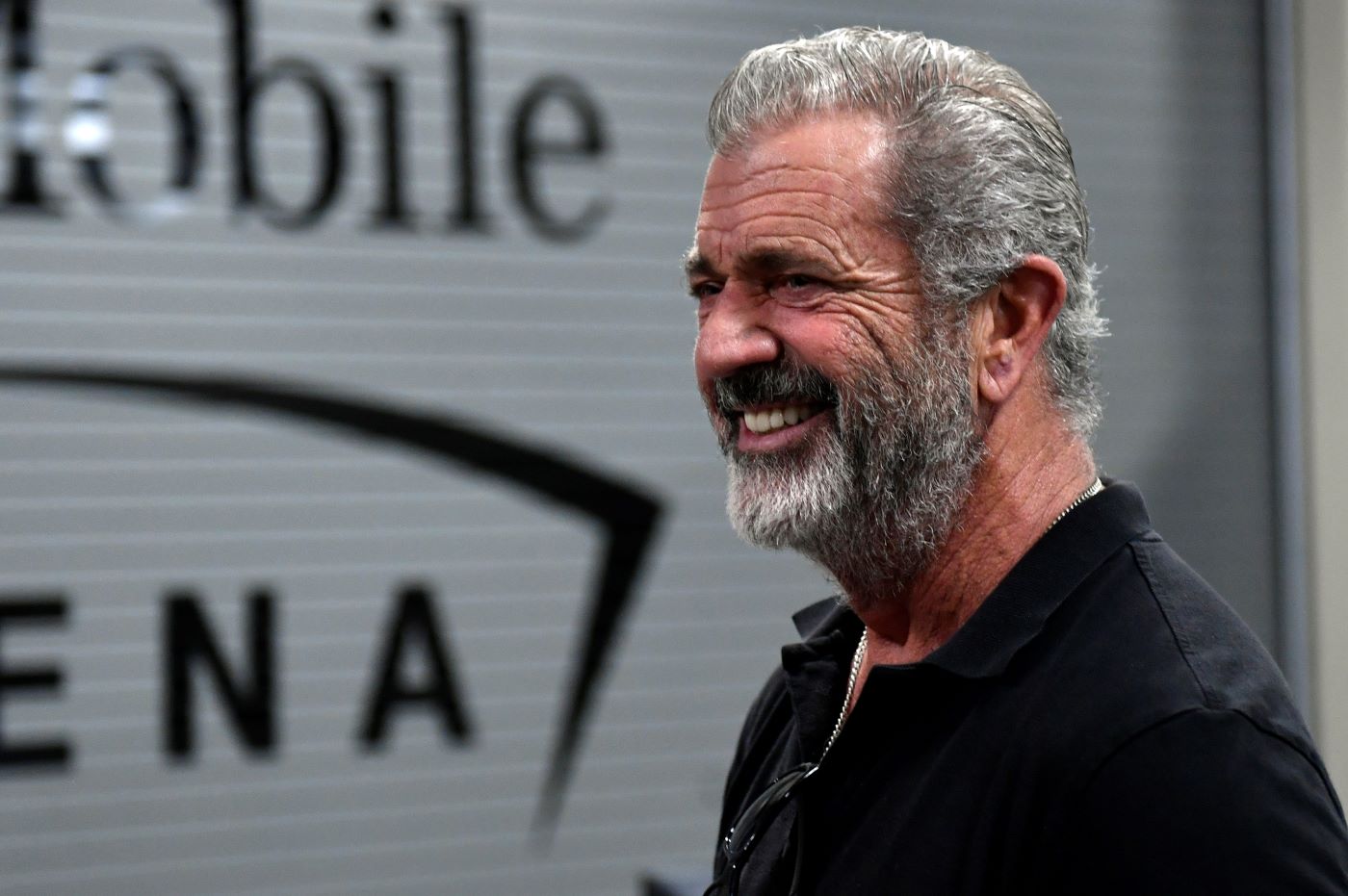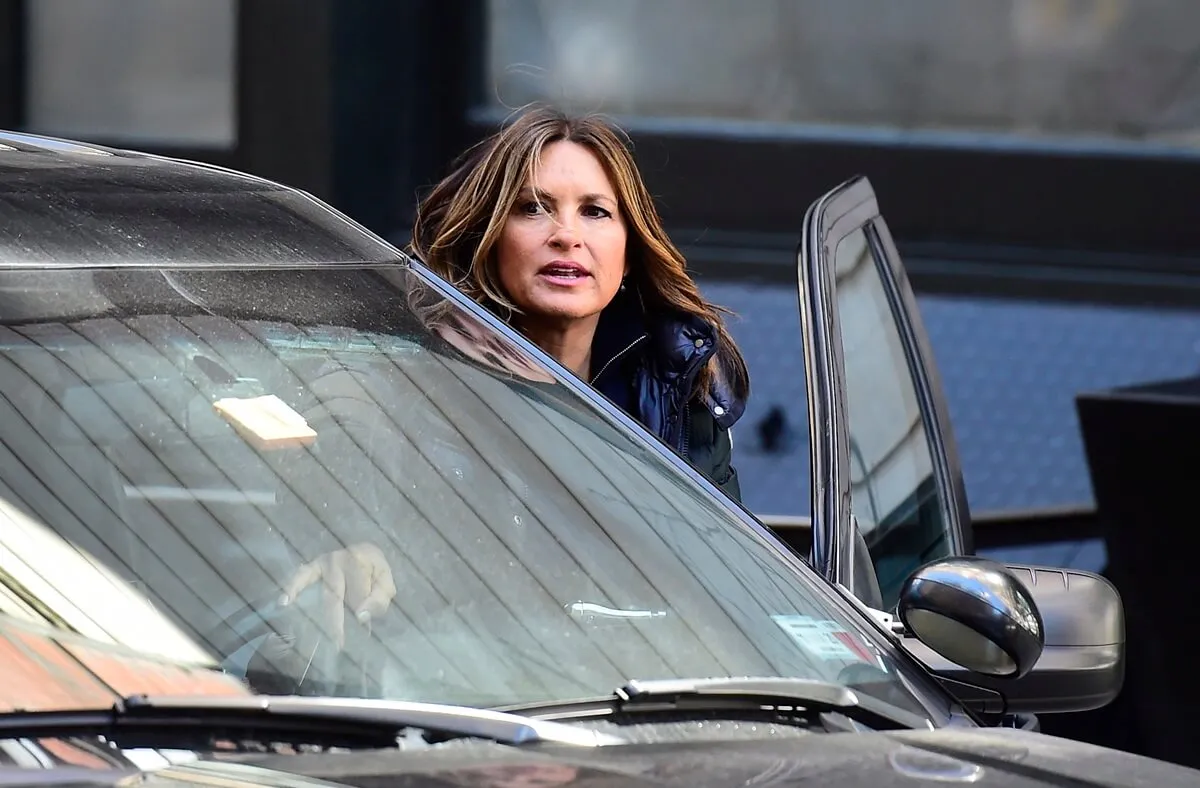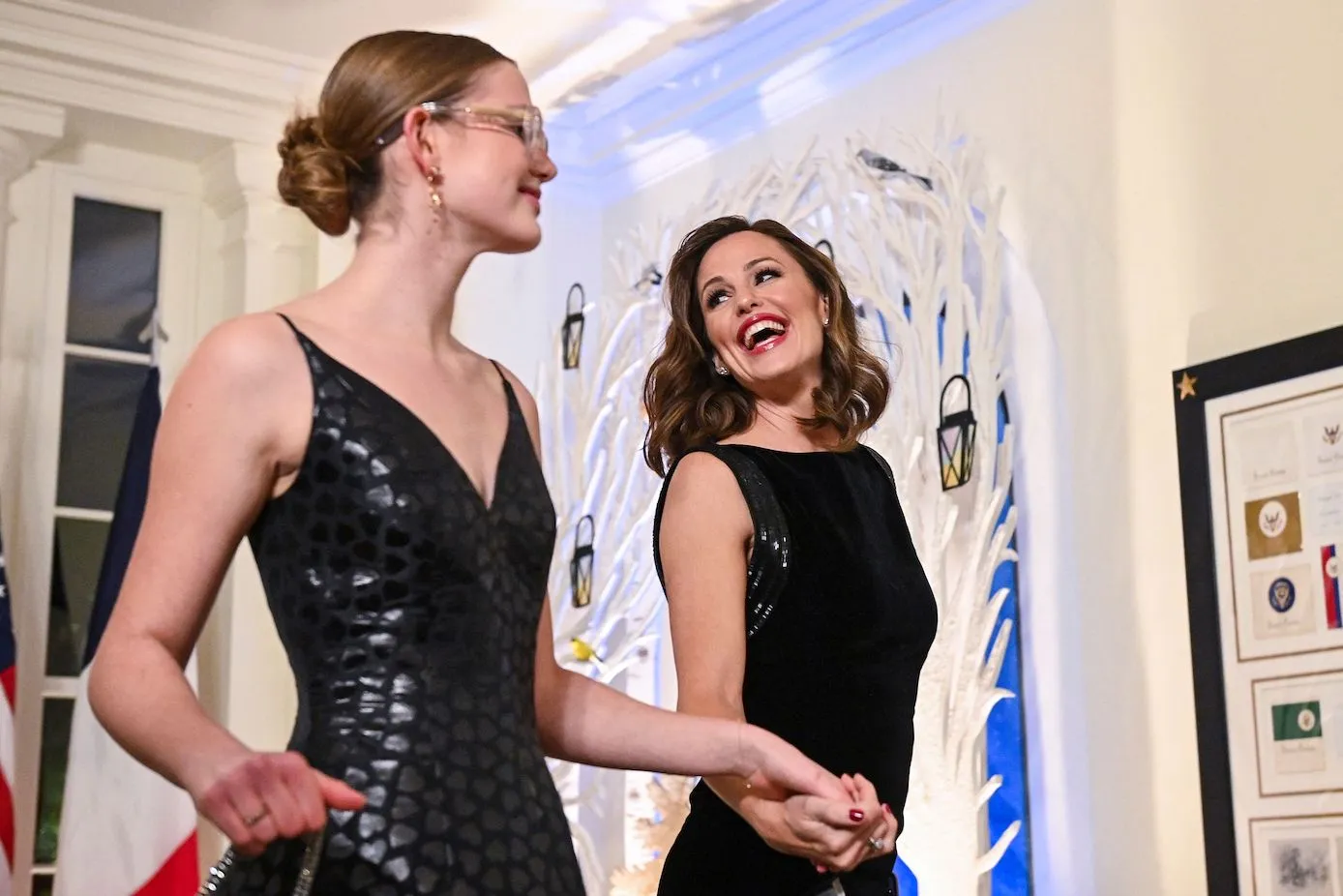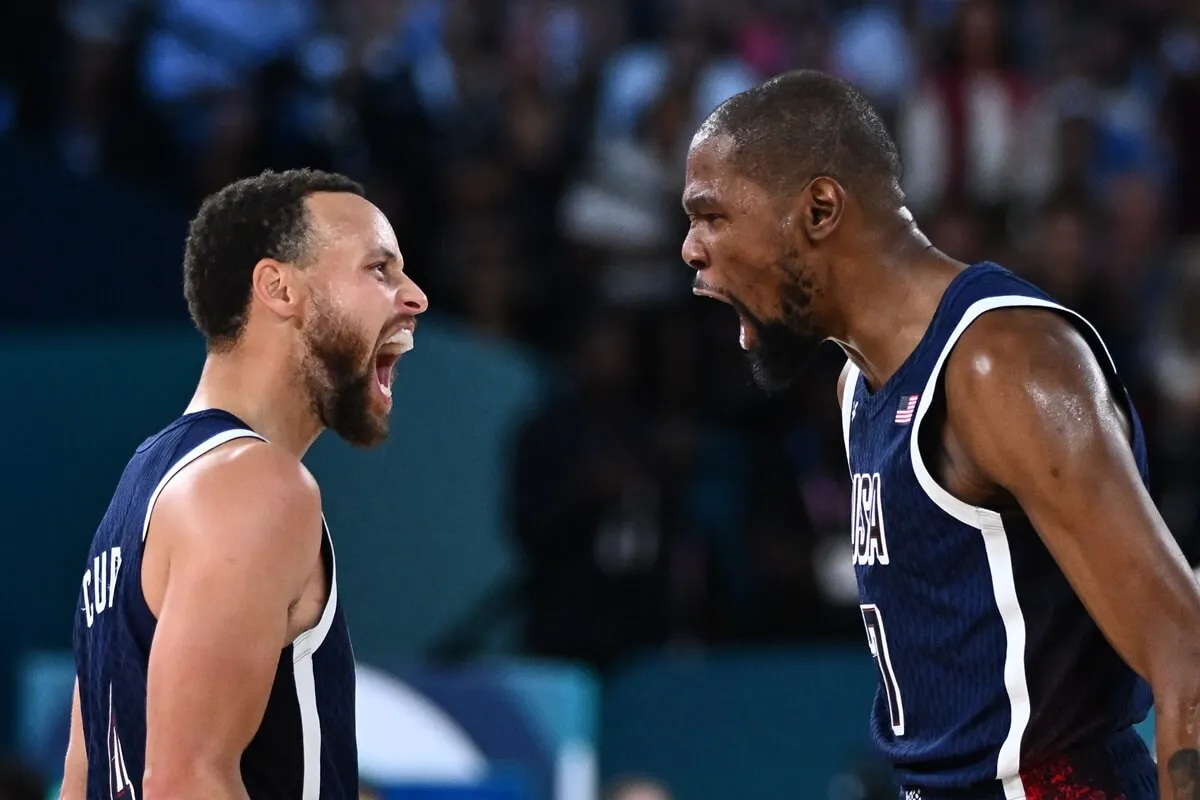Mel Gibson Said Directing ‘Braveheart’ Was More Exhausting Than Shooting All 3 ‘Lethal Weapon’ Films in a Row
These days, Mel Gibson is known for being an award-winning, master director. But before he stepped behind the camera, he was better known for his status as an international superstar actor. Gibson still acts, but in his heyday, he was one of the biggest stars in Hollywood.
One could argue that the franchise that put Gibson on the map more than any others was the Lethal Weapon series of films. If you ask Gibson, there was one directing task that tired him out more than shooting all of the Lethal Weapon films put together – directing the film Braveheart. Here’s what Gibson said about how hard that shoot was.
‘Braveheart’ was a physically taxing shoot
Braveheart tells the story of William Wallace, the brave Scotsman who led a nation in a revolt against perceived injustice from a tyrannical ruling nation. The story of Gibson’s journey to create the film behind the camera, however, is almost equally as compelling. According to IMDB, there was plenty of drama behind the scenes as well.
Gibson and his crew were on location for 105 consecutive days shooting the film. Any film shoot has its inherent challenges, but going for that many days in a row would test any filmmaker. It certainly pushed Gibson to his limits.
According to Gibson, he found the Braveheart shoot more physically taxing than shooting three Lethal Weapon movies in a row. To put this in perspective, think of how physically involved the Lethal Weapon movies were. While Gibson no doubt had stuntmen for many scenes, there were plenty of action sequences he had to take part in to make the movies look believable.
All of the Lethal Weapon movies combine many of the elements of numerous action movies: hand-to-hand combat, chase scenes, and other death-defying stunts. For Gibson to compare the experiences is a testament to just how tough the Braveheart shoot must have been.
Many classic films influenced ‘Braveheart’

To prepare for the shoot, Gibson went to his own personal film school. He watched several other films all to get him in the right frame of mind to bring this film to fruition. Those films included:
- Macbeth
- Spartacus
- Chimes at Midnight
- Alexander Nevsky
- A Man for All Seasons
- The Lion in Winter
- Seven Samurai
- Throne of Blood
These films all touch on the themes present in Braveheart: loyalty, murder, betrayal, freedom, and the warrior spirit. Gibson specifically cited how similar William Wallace’s story is to the story of Spartacus, the slave who led a revolt against the Roman Empire. He said both Wallace and Spartacus struggled against foreign rulers.
Gibson also had another somewhat surprising inspirational source: old videos from NFL films, which no doubt helped prime him for the battle scenes.
Gibson resisted the studio’s suggestions about the run time of ‘Braveheart’
To star in a movie and direct it seems nearly impossible, but somehow, Gibson did it in this film. He also did all the casting for it. Gibson said he rarely spent very long in front of the camera, finishing the majority of his scenes in two or three takes. He placed the brunt of his focus on his directing efforts.
One area where Gibson struggled was with the film’s run time. If you’ve ever seen Braveheart, you know it’s a rather long movie. The first cut was 195 minutes – much longer than most studio releases.
An executive named Sherry Lansing from Paramount, the studio distributing the film made recommendations on material to cut. Gibson and his editor Steve Rosenblum were initially angered by this but eventually relented, conceding that Lansing’s suggestions were correct. The film’s run time came in at just under three hours.


